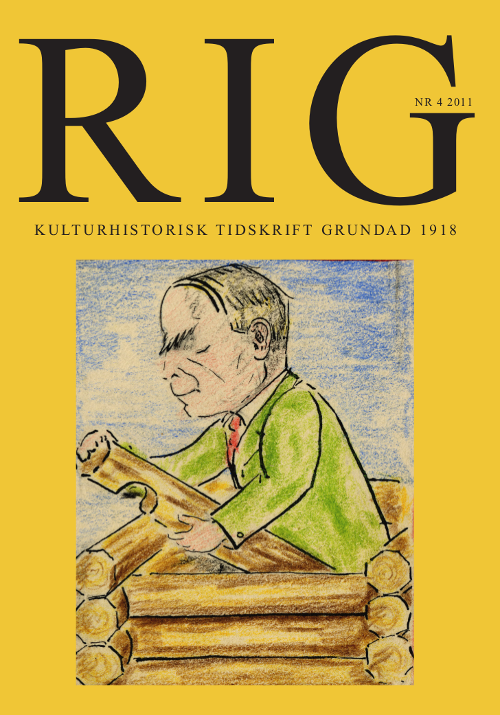Timmerknutens gränser. Om gränser i tid och rum i vetenskapliggörandet av allmogesamhället
Abstract
Limits of logs. On Making Science of Peasant Society
During the first decades of the 20th century, intensive efforts were made to document a vanishing folk culture in Sweden and several other European countries. Within each country, the need to explore what was defined as folk culture was described as projects necessary in defining the specific character of the nation. But the contacts were frequent between key people in each country and the work was carried out using the same methods, with the same ideological background in different countries. The aim was to conduct systematic surveys of vernacular architecture. In this article this is exemplified by the contacts between Sigurd Erixon in Sweden and Halvor Zangenberg in Denmark.
Erixon was an expert on Swedish wood construction techniques and helped Zangenberg with expert advice on the refurbishment of wooden houses with Swedish origin in the open-air museum Frilandsmuseet north of Copenhagen, were he was employed. They discussed the different constructions of concatenation of logs that were found in different geographical areas in southern Sweden. Differences in construction at various locations were explained by factors related to time and place, not function or variations due to individual solutions. Building constructions at the countryside were investigated and documented in both Sweden and Denmark by Zangenberg, Erixon and their colleagues. Scientific knowledge about the vernacular architecture in the countryside arose from practical work, where buildings were measured, photographed and described.
Some of the buildings that were documented by Erixon and Zangenberg were later incorporated into what was categorized as a national heritage. Ideas and practices that had an international background contributed to the establishment of a national heritage.

